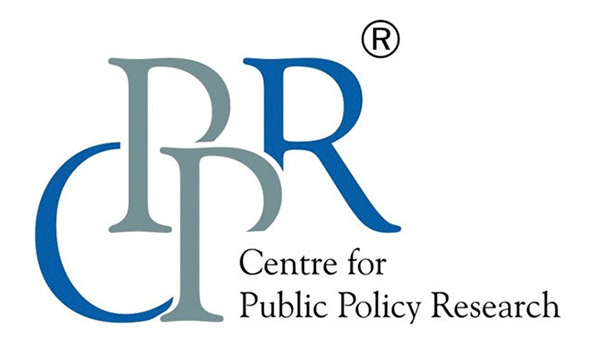Podcasts

Assembly Elections – 2023 | Rajasthan – Royal Battles Ahead
November 15, 2023
International Politics, East Asia, and the Korean Peninsula
November 21, 2023EP 7 | Policy Beyond Borders | Analysing the India-US Global Partnership with Michael Kugelman

In the latest episode of Policy Beyond Borders, Michael Kugelman from the South Asia Institute, Wilson Center, Washington, discusses the emerging tenets of security and defence cooperation between India and the US in the context of the Fifth India-US 2+2 Dialogue and New Delhi’s role in global conflicts.
KEY DISCUSSION POINTS
- What are the priorities set by the US and Indian leaderships for the India-US security partnership in the face of current geopolitical realities?
- What are the expectations placed on New Delhi by Washington regarding its involvement in global conflicts and the preservation of regional stability? How do they navigate the stark contrast that exists in reality?
- What are the key challenges for defence partnerships between two countries, especially in export controls and in technology sharing?
- How can India and the US enhance their cooperation in the Indo-Pacific, and what are the priorities the countries should set to maintain a peaceful Indo-Pacific?
KEY TAKEAWAYS
- Advancing the Jet Engine Deal and implementing the Drone Deal should be the two major priorities set for the India-US Security Partnership. Broader priority areas include the ‘co-production’ strategy and strengthening India’s indigenous production capacity.
- The US government is taking a long-game approach by making its case to India about how, in the long run, Russia will no longer be a viable security partner (war-scarred).
- The US and India strongly agree with the need for humanitarian assistance in global conflicts; their stand also aligns in a broad sense with concerns about the plight of Palestinians.
- According to Washington, India should ideally participate in broader mechanisms to promote connectivity in the South Asian region; however, Washington understands the challenges posed by the India-Pakistan problem. Hence, Washington supports New Delhi’s Bay of Bengal Initiative for Multi-Sectoral Technical and Economic Cooperation (BIMSTEC) shift in its South Asian Policy.
- India’s geo-economic cooperation with other countries in the region through BIMSTEC is well received by Washington, as it reflects the US’ interest. Due to political differences in Bangladesh, an anomaly exists between India and the US, with the latter publicly promoting democracy in Bangladesh. However, Washington supports the overall regional leadership played by New Delhi in South Asia.
- Key challenges for defence partnerships between two countries include the requirement of a high degree of tech transfers and addressing export control challenges linked to tech cooperation.
- A breakthrough in US-India cooperation was how they started to view the entire region (the Indian Ocean and Pacific Ocean) as equally strategically significant, a shift from their earlier Pacific-centric policy.
- The QUAD serves as a significant mechanism for joint cooperation, extending beyond security to focus on the production and distribution of public goods as an alternative to China’s role.
SPEAKER
Michael Kugelman, the Director of the South Asia Institute at the Wilson Center, is a leading specialist on Afghanistan, India, and Pakistan and their relations with the United States. The editor or co-editor of 11 books, he has written for The New York Times, Foreign Policy, Foreign Affairs, and other publications, covering topics ranging from U.S. policy in Afghanistan to terrorism to water, energy, and food security in the region.
MODERATOR
Anisree Suresh, Senior Associate, International Relations & Strategic Engagements, CPPR
#PolicyBeyondBorders is available on






